Since its inception in 2004, the Saw franchise has been a cornerstone of modern horror, keeping audiences on the edge of their seats with its intricate traps and mind-bending twists. While the series has indisputably transformed the horror genre, not all its installments are created equal. From the intriguing narrative setups to the heart-pounding finales, each film offers a unique flavor of dread. Some have been lauded for their ingenuity, while others have been met with mixed reactions. Today we’ll be Ranking All 10 Saw Movies From Least Impressive To Most Outstanding. And do, let us know which your favorite film out of the ten.
Ranking All 10 Saw Movies From Least Impressive To Most Outstanding
Spiral: From the Book of Saw
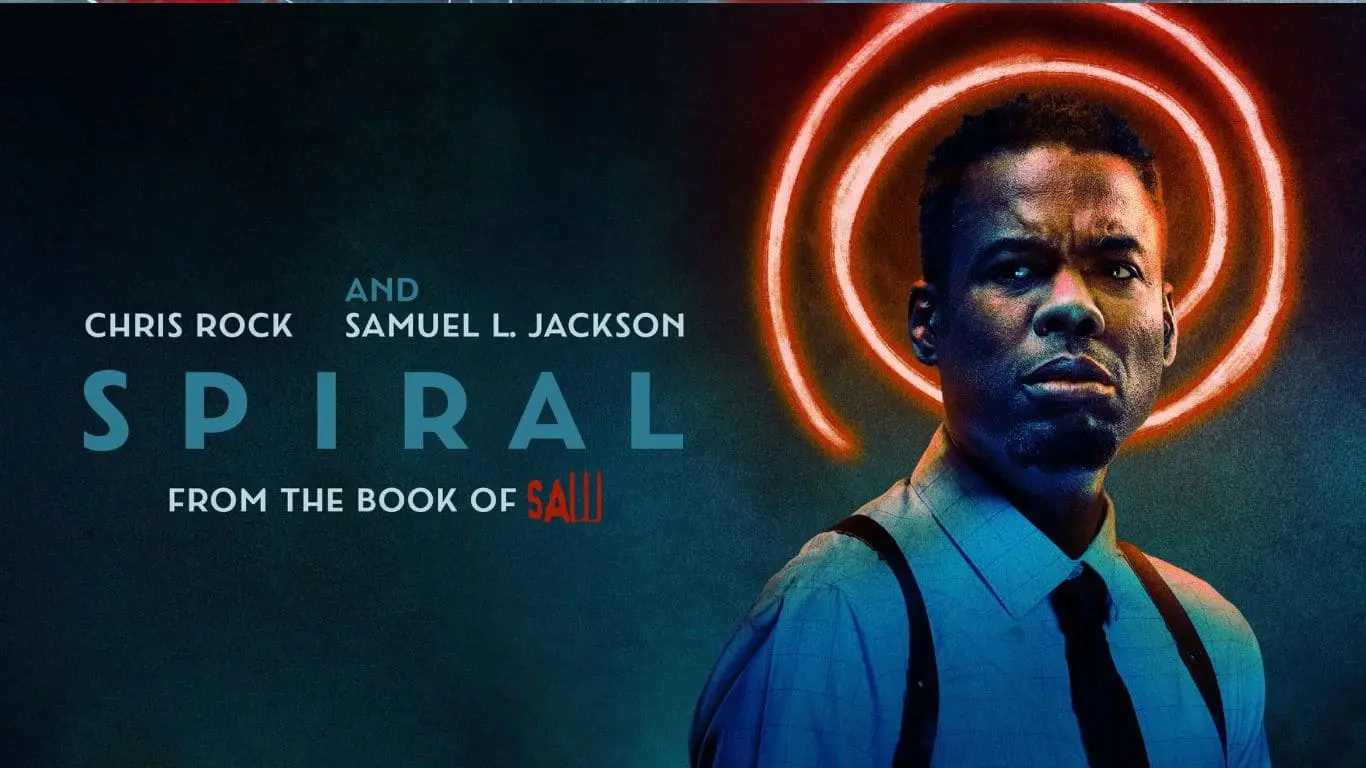
In 2021, the Saw franchise took a new direction with “Spiral: From the Book of Saw.” Boasting Chris Rock as its lead and even a contributor to the script, the ninth installment promised a breath of fresh air. But the film faltered, proving more confounding than thrilling. Detective Zeke Banks, portrayed by Rock, appeared drained rather than the gritty detective one might anticipate. The narrative draws connections to the notorious Jigsaw killings of the past, but it’s clear this isn’t a typical Saw movie.
Gone is the character of John Kramer and the iconic tricycling clown, replaced by a pig-costumed avenger targeting police corruption. While the gruesome deaths remain a spectacle, the story feels too conventional for a franchise celebrated for its convoluted plots and audacious twists. In attempting to be serious, “Spiral” lost the over-the-top charm that made its predecessors memorable.
Saw 3D
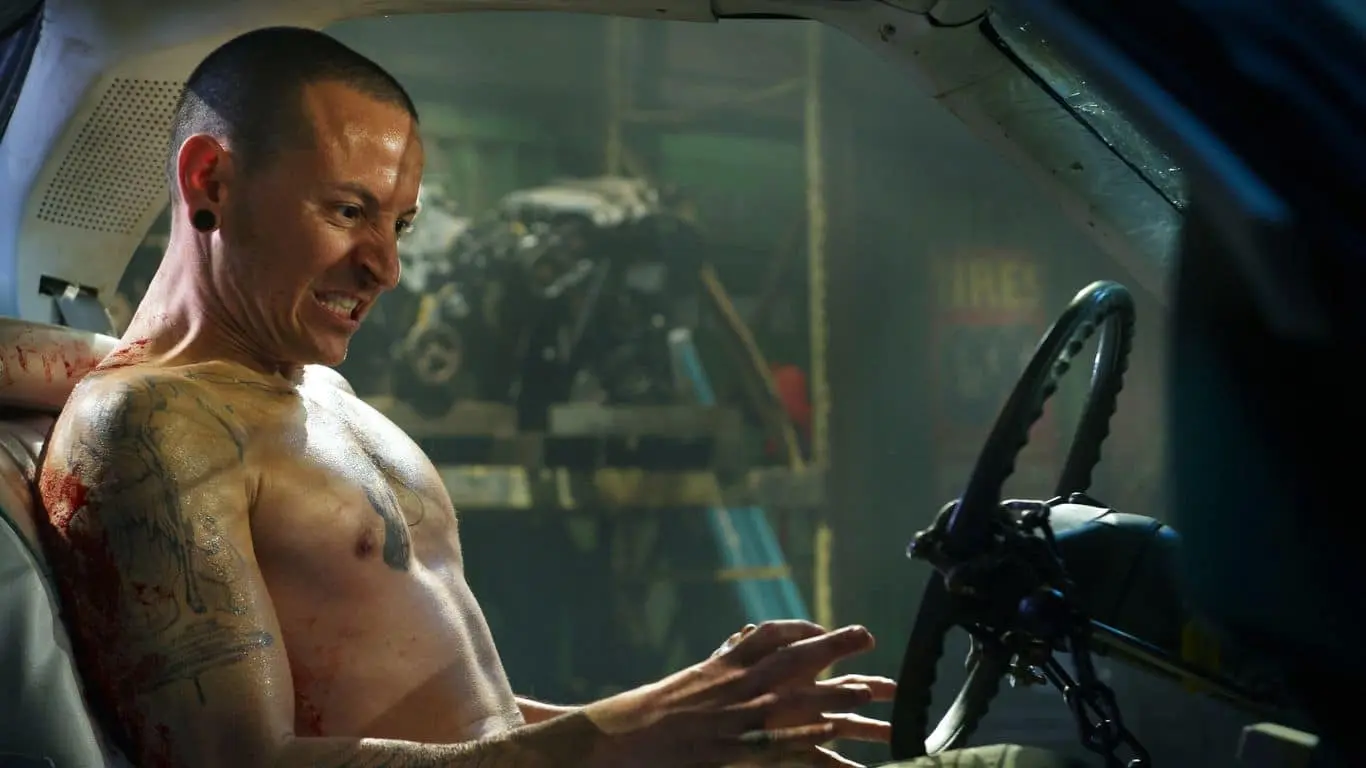
The seventh installment of the Saw franchise, “Saw 3D,” despite its grand production budget and the series’ massive earnings, surprisingly feels the least refined. Drowning in a sea of flashbacks, the film attempts to rewrite the story of John Kramer and his acolytes, while bombarding audiences with rapid-fire death traps. Introducing Bobby, a false Jigsaw survivor turned self-help guru, the movie meanders through his deceitful journey alongside other survivors.
Yet, amidst this chaos, the film drops a bombshell: the return of Dr. Lawrence Gordon from the inaugural film, now unveiled as a Jigsaw accomplice from the outset. While the franchise’s strength has been its recurring cast, the decision to turn a mutilated victim into an ally feels strained. For die-hard fans, “Saw 3D” might strike a chord, but its disjointed narrative validates the franchise’s subsequent hiatus.
Jigsaw
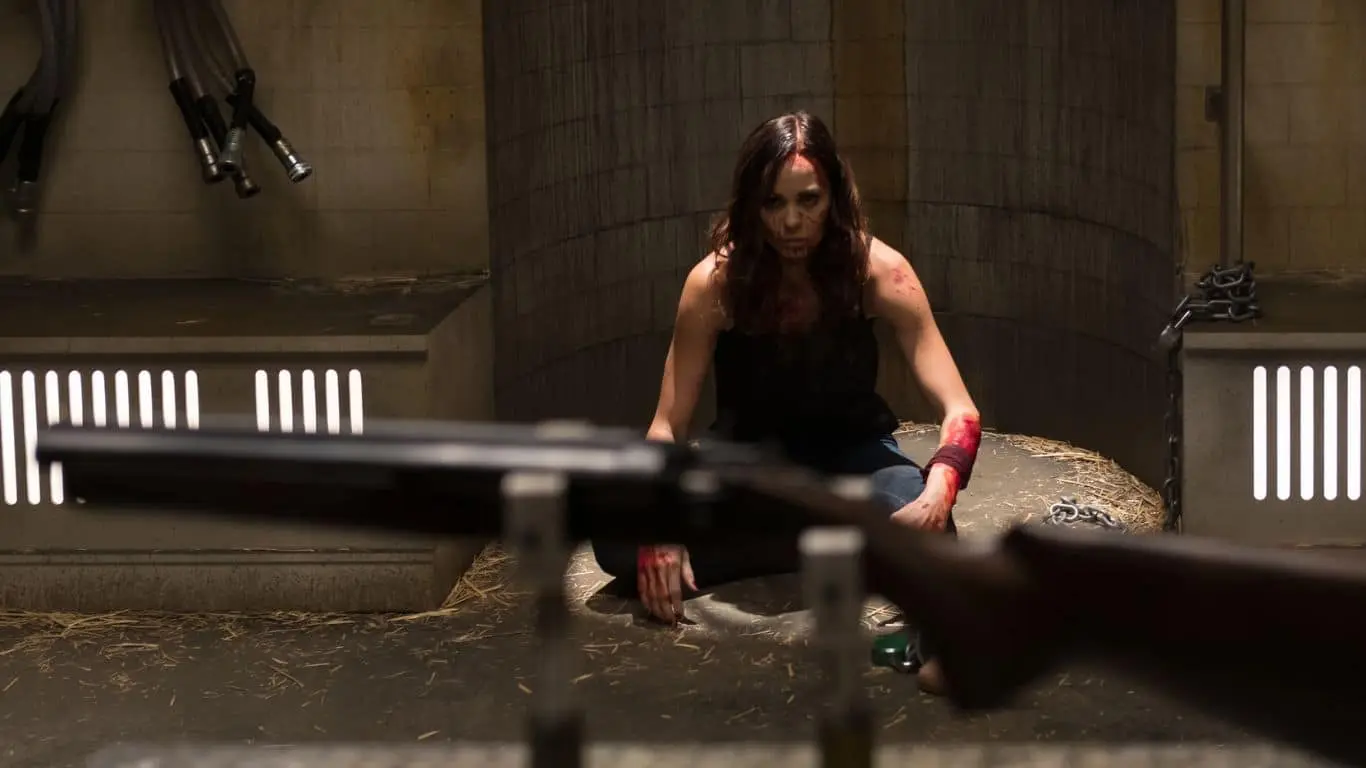
“Jigsaw,” the 2017 reboot of the Saw series, carried the burden of high expectations, with fans hoping for a revival of its early success. Its marquee attraction, the return of John Kramer, aka Jigsaw, turned out to be a mere cameo, leaving many fans feeling short-changed. But the larger disappointment lay in the core elements that the film missed.
The infamous traps, a hallmark of the franchise, lacked the creative spark and intricacy that had previously left audiences in awe. Moreover, by deviating from the iconic satirical interplay between the traps and the victims’ transgressions, the movie lost its unique edge. Instead of a darkly playful critique on morality, it ended up being a more generic, less engaging iteration of its predecessors.
Saw VI
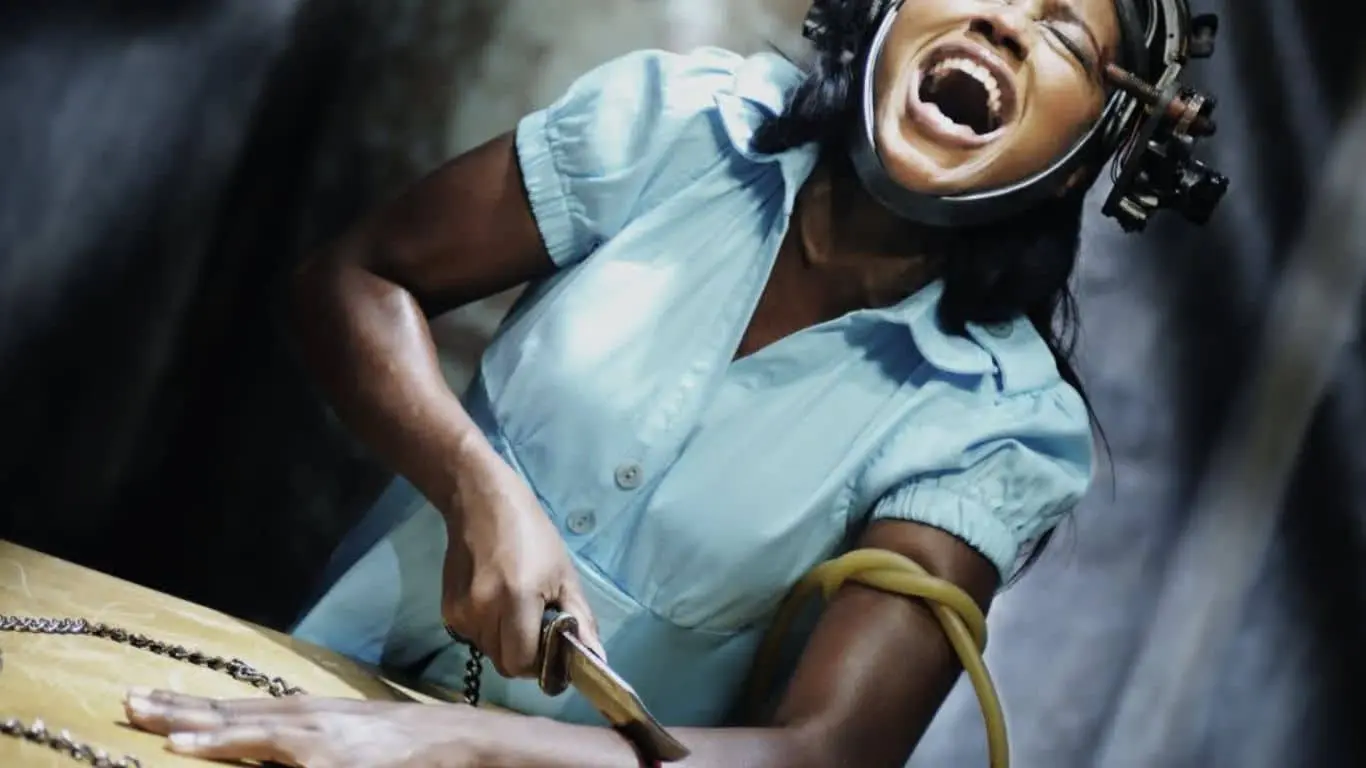
Garnering the most favorable critical reception after the inaugural film, it unfortunately stumbled at the box office, failing to breach the $100 million mark – a first for the series. This divergence between critical acclaim and box office returns is all the more baffling considering “Saw VI” stands out as arguably the most intellectually engaging installment. Venturing beyond mere shock value, it broaches the contentious terrain of the American healthcare system’s shortcomings, linking them to the tragic trajectory of John Kramer.
The film’s storytelling divergence is further underscored by a shift in character morality; not all its victims are wholly villainous, and the motives of John and his disciples appear murkier than in preceding chapters. A poignant irony emerges – the Saw iteration that resonated the most critically struggled the most commercially.
Saw V
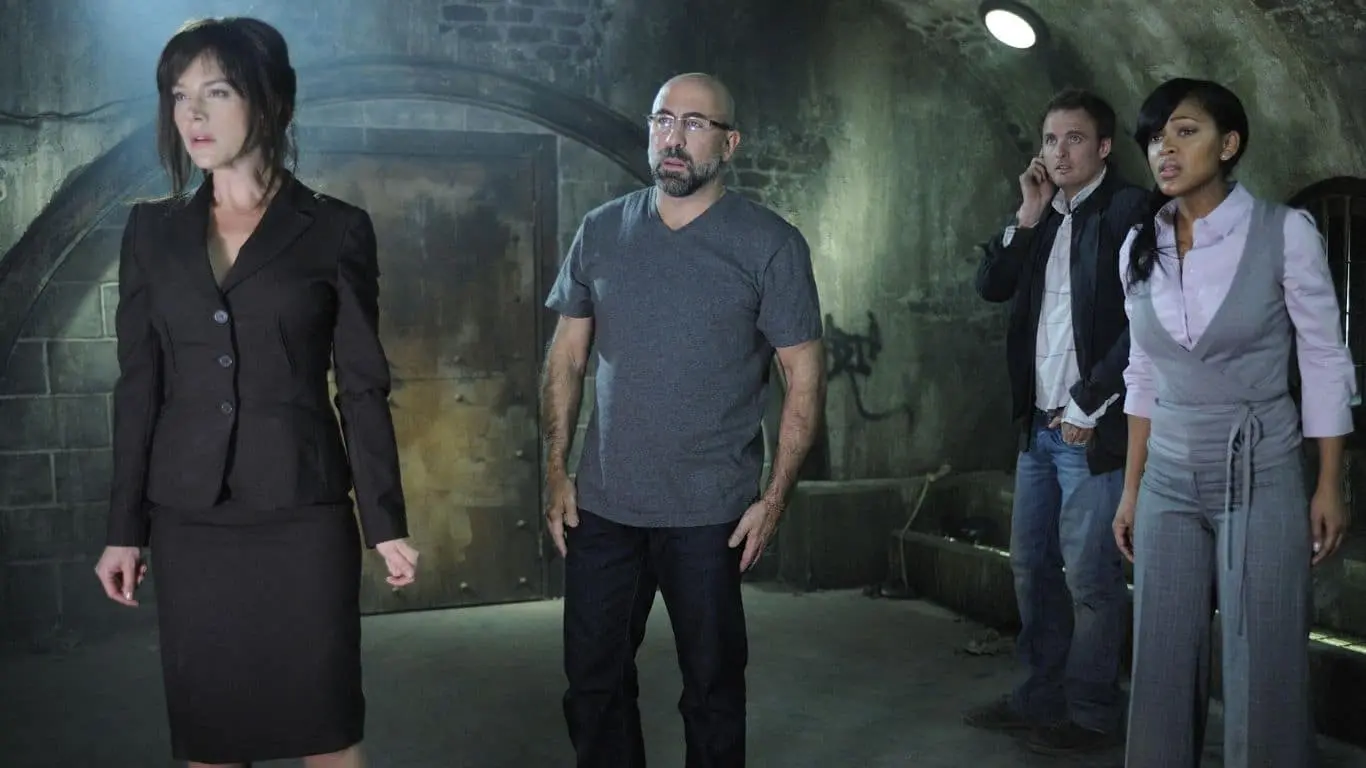
It navigates through a muddled timeline, diving deep into a cat-and-mouse game between FBI agent Strahm and cop Hoffman, the latter being revealed as a Jigsaw associate. Immersed in a perplexing narrative structure, the film extends its web of storytelling through numerous flashbacks, revisiting and recontextualizing past traps and tying Hoffman to earlier instances of mayhem. On one hand, it adheres to the franchise’s signature serialized storytelling, a trait that is both laudable and taxing.
Yet, “Saw V” introduces a dynamic that stands out – an intense group ordeal where cooperation and survival instinct clash, offering a riveting blend of camaraderie and betrayal amid creatively ruthless traps. This marriage of redemptive collaboration and merciless deception amidst deadly stakes fashions arguably the most electric murder-house drama in the series.
Saw IV
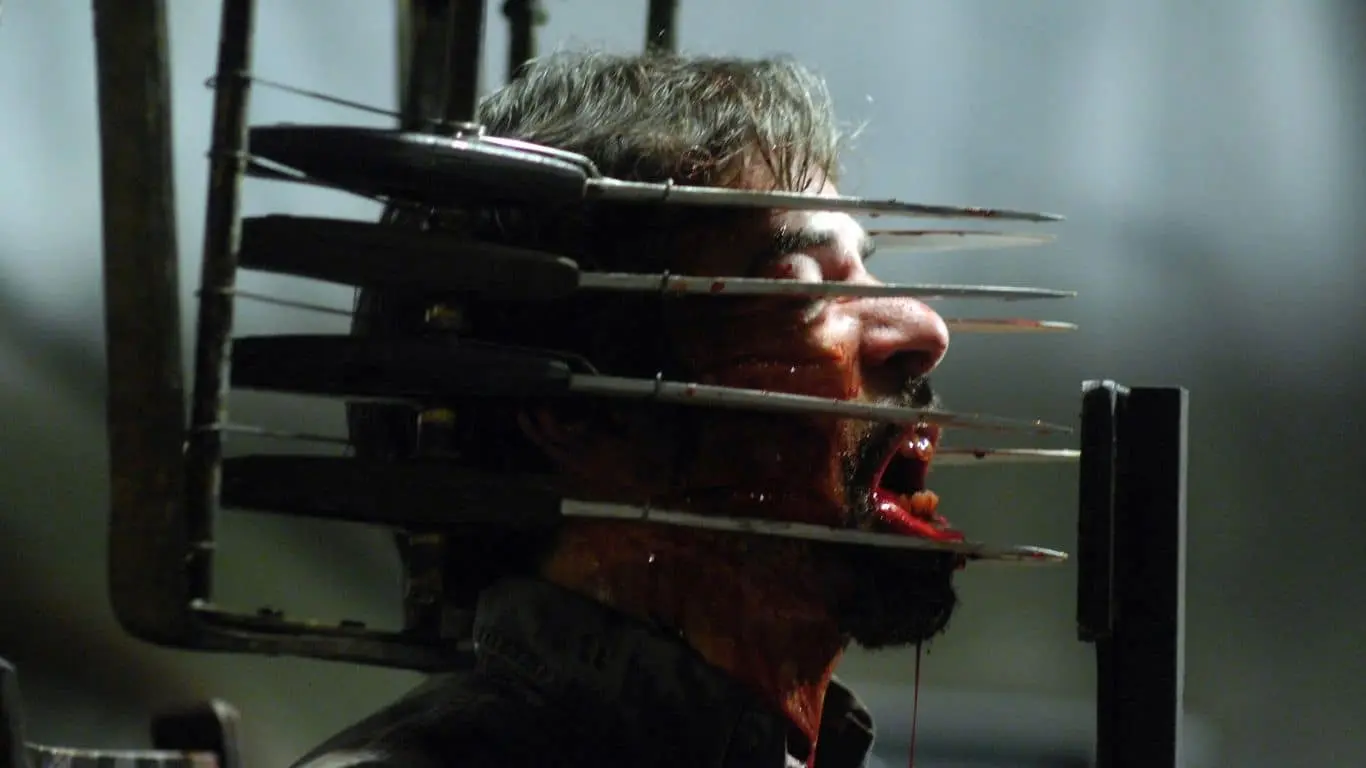
“Saw IV,” released in 2007, continues the twisted tale of the Jigsaw killer’s gruesome legacy. Following the death of John Kramer, the original Jigsaw, the movie delves into the aftermath of his demise and the continuation of his games. This entry is notable for its intricate plotting and multiple twists, building on the series’ reputation for surprising its audience with unexpected revelations.
The movie begins with a graphic autopsy of John Kramer, during which a tape is found in his stomach, setting the stage for the next round of games. The primary subject of this film is Officer Rigg, who is tested to see if he can let go of his obsession to save everyone, and Detective Eric Matthews’ storyline from “Saw II” is also continued. Meanwhile, FBI agents Strahm and Perez are introduced, investigating the aftermath of the previous film’s events.
Saw X
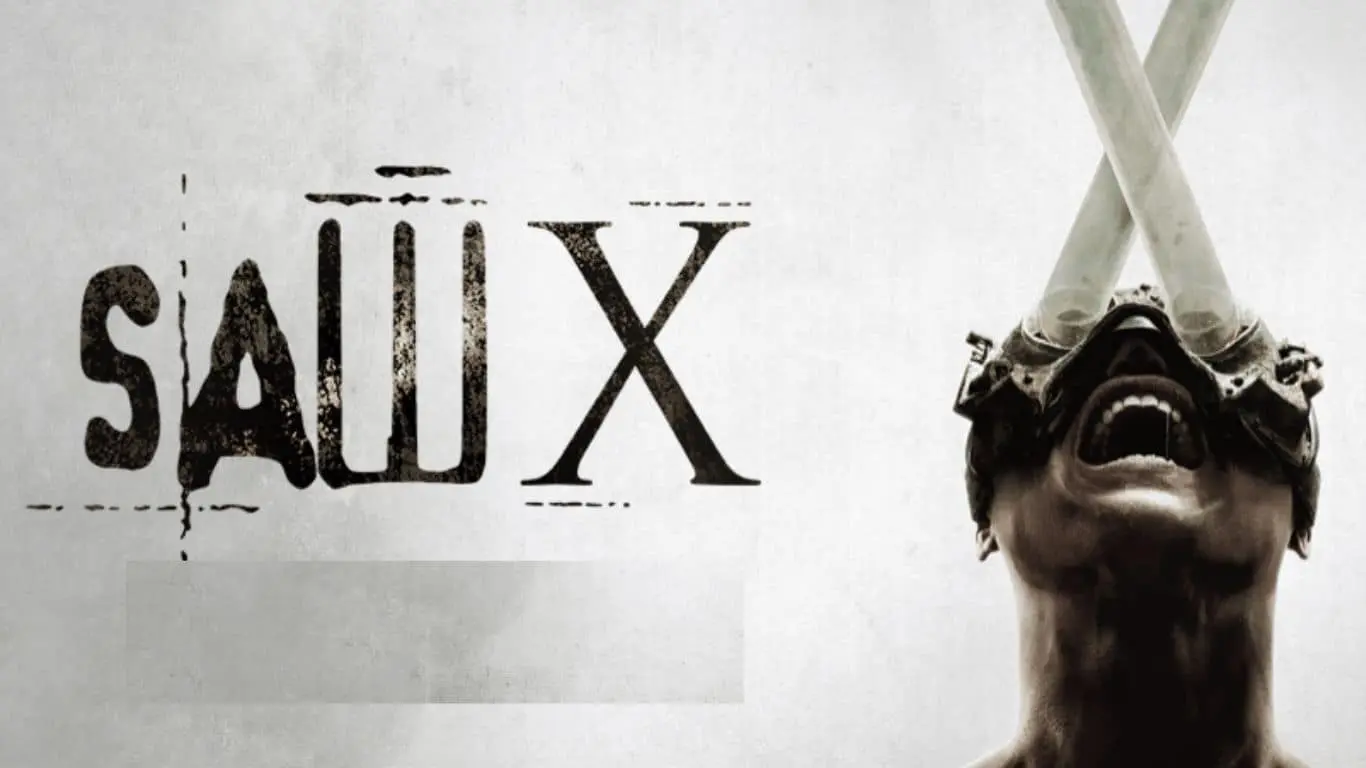
As the first proper prequel in the Saw franchise, it brings a fresh perspective to the series, and it’s widely regarded as one of the best entries. This tenth installment defies expectations by offering a more personal narrative for Jigsaw himself, played by Tobin Bell, and Shawnee Smith’s Amanda Young. It introduces a new cast of victims, blending characters of varying moral complexity, some horrible and others redeemable.
The film doesn’t skimp on the elements that define the Saw experience: intricate traps, copious amounts of blood, and mind-bending twists. By delivering these trademark elements while also exploring the backstory of key characters, “Saw X” strikes a balance between the familiar and the new, grounding the franchise in a way that hadn’t been done before. It adds depth to the series and provides fans with a satisfying installment in the long-running horror saga.
Saw II
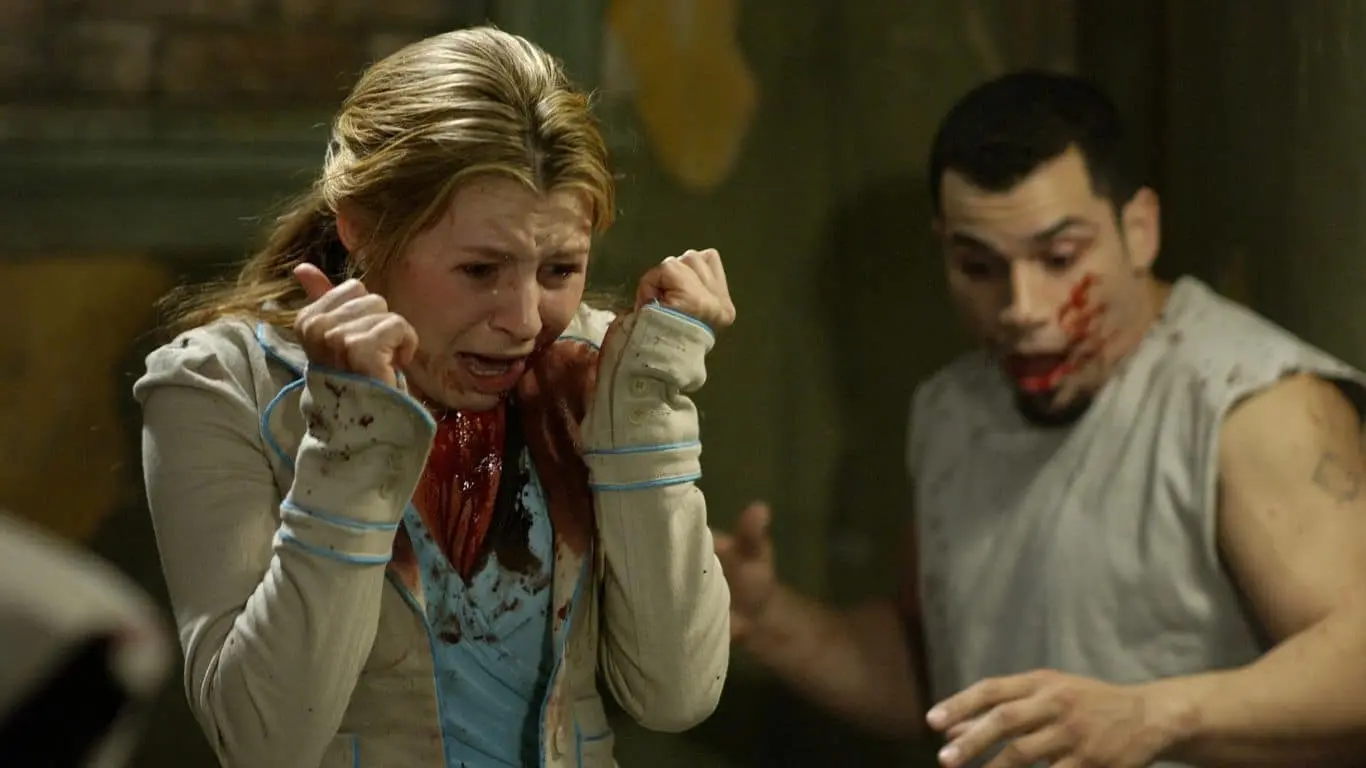
The 2005 sequel, takes the franchise to a new level of gore while maintaining the series’ signature intricate narrative. Donnie Wahlberg stars as Detective Eric Matthews, an unscrupulous cop forced to engage in Jigsaw’s gruesome games to save his son from a death trap-filled house. The film introduces the gauntlet format, where a group must follow Jigsaw’s rules to escape a torturous maze.
As John Kramer’s transformation into Jigsaw unfolds, the movie delves into moral dilemmas through philosophical dialogues with Wahlberg’s character. Dina Meyer’s presence adds depth, but it’s Shawnee Smith who catalyzes a pivotal moment, foreshadowing the franchise’s vast and interconnected mythology. “Saw II” amps up the violence while keeping the story intact, cementing its status as a worthy sequel to the original and hinting at the intricate storytelling that defines the series.
Saw III
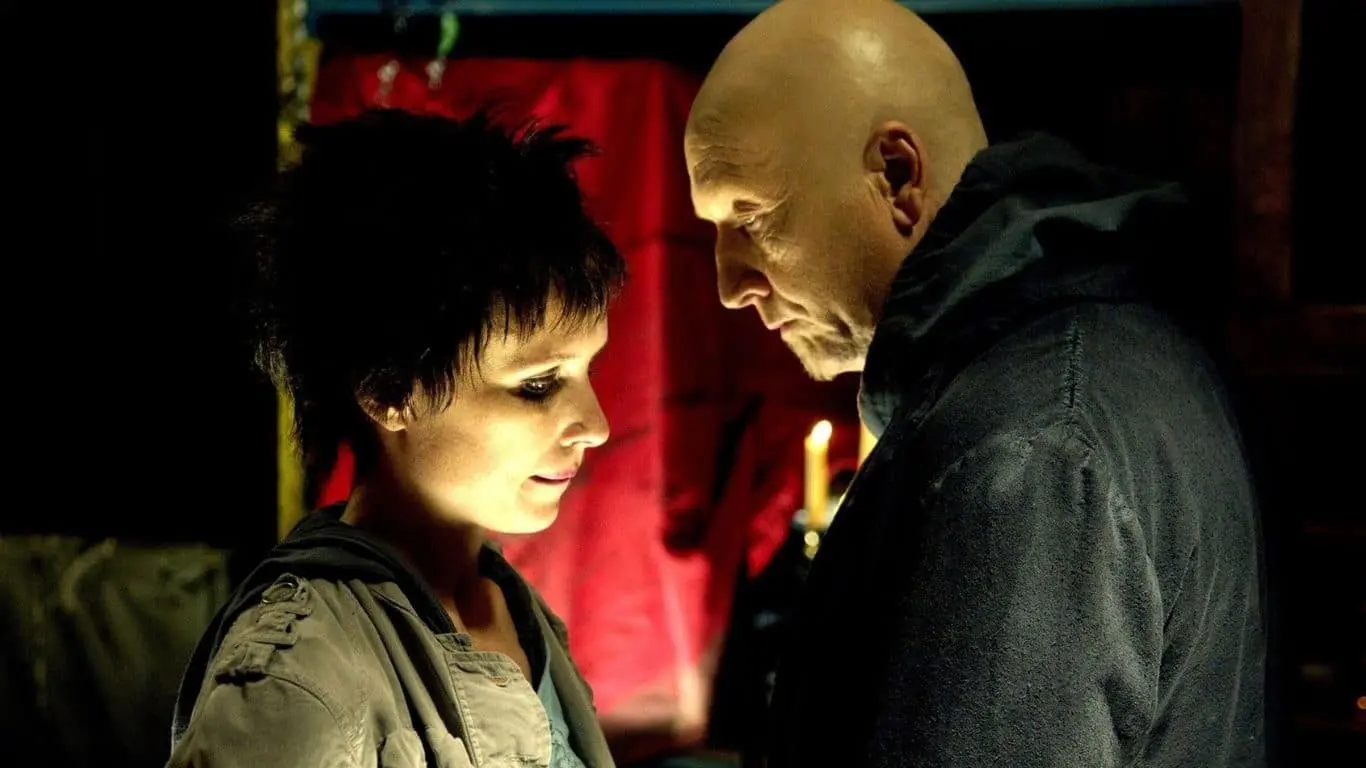
Released in 2006, “Saw III” was a game-changer for the franchise. It introduced a complex narrative structure with flashbacks shedding light on John Kramer’s backstory. This installment sees Jigsaw’s demise but also features his most intricate game. Amanda’s failure in her own test, due to crafting inescapable traps, adds moral depth to the story.
The film’s central character, Jeff Denlon, is a grieving father who faces a heart-wrenching choice between mercy and revenge, making him one of the franchise’s most sympathetic figures. “Saw III” is often regarded not only as the best sequel but as the apex of the entire series. It weaves a compelling story, inventive traps, and a balance between visceral horror and psychological complexity. With its intricate narrative and morally challenging scenarios, “Saw III” remains a standout, showcasing the franchise at its most thought-provoking and engaging.
Saw
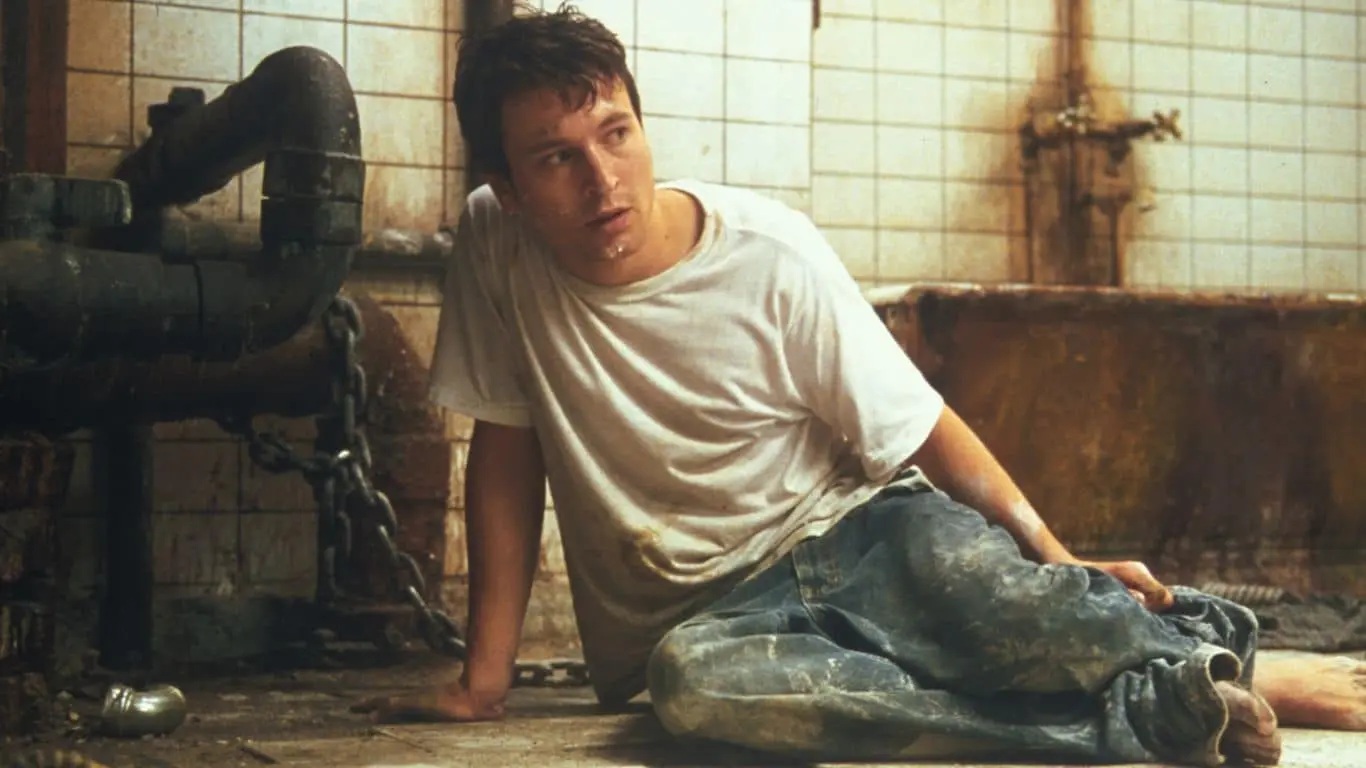
“Saw,” directed by James Wan in 2004, revolutionized horror cinema. Chained in a decrepit bathroom, Dr. Lawrence Gordon and Adam, played by Cary Elwes and Leigh Whannell, are thrust into a twisted game by the Jigsaw killer. More than just a tale of terror, “Saw” delves deep into psychological tension, pondering the value of life and the human survival instinct.
Its iconic “reverse bear trap,” which threatens to tear a victim’s jaw apart, epitomizes the franchise’s blend of gruesome tests and warped morality. While the series expanded, the original’s claustrophobic intensity remains unmatched. “Saw” not only redefined horror for the 21st century but also cemented its legacy with a blend of visceral horror and profound moral dilemmas.
Also Read: Ranking The Best Spider-Man Movies and Series



